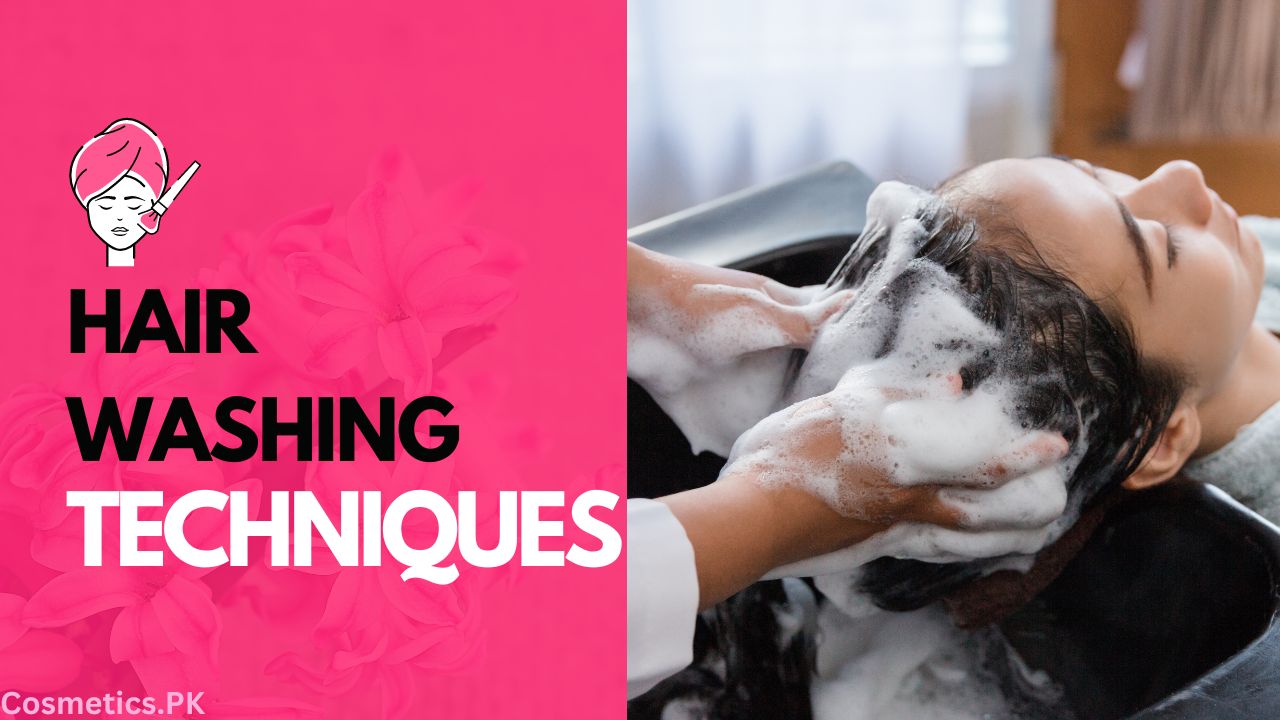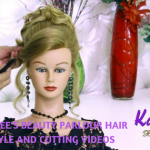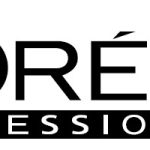In need of some hair care advice? Look no further than “Shampooing: A Guide to Proper Hair Washing Techniques.” This informative article highlights the benefits of shampooing when done correctly and provides a step-by-step guide on how to wash your hair with shampoo. From detangling and shampooing to conditioning and air-drying, this article covers it all. Plus, it shares valuable dos and don’ts of hair washing, answers frequently asked questions, and stresses the significance of proper techniques in maintaining hair health and enhancing texture.
Benefits of Shampooing
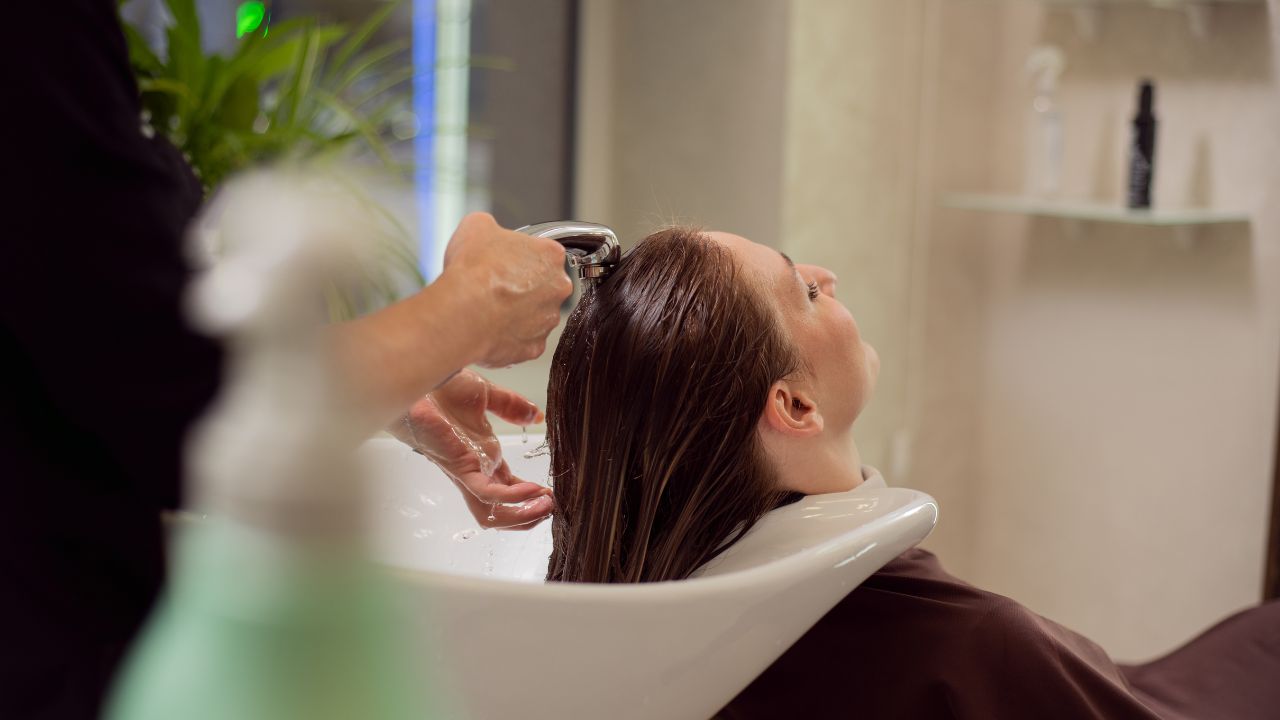
Shampooing is an essential part of maintaining healthy and beautiful hair. Not only does it cleanse the scalp and hair, but it also removes dirt, oil, and product buildup, promoting a clean and fresh feeling. One of the key benefits of shampooing is that it promotes hair growth and reduces hair loss. By keeping the scalp clean and free from impurities, shampooing creates a favorable environment for hair follicles to thrive. Additionally, regular shampooing improves hair texture and manageability, making it easier to style and maintain.
Another advantage of shampooing is that it enhances the effectiveness of other hair care products. When the hair and scalp are clean, conditioners, serums, and treatments can penetrate better, delivering their nourishing and beneficial ingredients to the hair strands. Therefore, regular shampooing creates a solid foundation for the rest of your hair care routine, ensuring maximum results. So, grab your favorite shampoo and start reaping the benefits for your hair today!
Guide to Proper Hair Washing Techniques
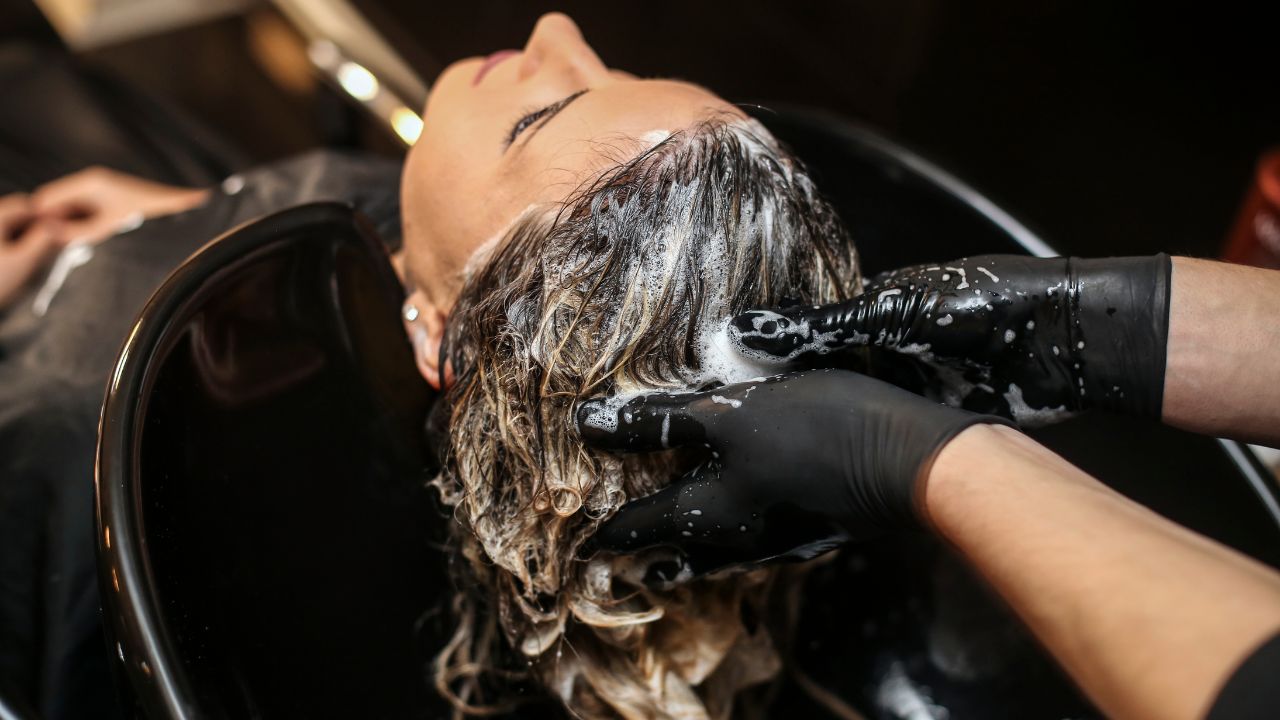
To make the most out of your shampooing routine, it is important to follow the proper hair washing techniques. By incorporating these steps into your hair care routine, you can ensure that your hair stays clean, healthy, and vibrant.
Step 1: Detangling
Before jumping into the shampooing process, it is crucial to detangle your hair properly. Using a wide-toothed comb or a detangling brush, start from the ends of your hair and work your way up towards the roots. This method helps to prevent unnecessary hair breakage and damage, as it allows you to gradually remove knots and tangles without causing stress to the hair strands. Remember to be gentle and patient, as rough handling can lead to breakage and frizz.
Step 2: Shampooing
Once your hair is detangled, it’s time to start the shampooing process. Begin by thoroughly wetting your hair with warm water. This step helps to open up the hair cuticles and allows the shampoo to penetrate more effectively. Choose a small amount of shampoo, depending on the length and thickness of your hair, and apply it to your scalp. Gently massage the shampoo into your scalp using circular motions, focusing on the roots. Avoid excessive rubbing, as this can lead to hair damage and unnecessary tugging. It is also important to choose a sulfate-free shampoo, as sulfates can strip the hair of its natural oils and cause dryness. Once you have massaged the shampoo into your scalp, rinse thoroughly to ensure that all the shampoo is removed.
Step 3: Rinsing with Cold Water
After shampooing, it’s time to rinse your hair with cold water. Yes, cold water! While warm water is ideal for opening up the hair cuticles during shampooing, rinsing with cold water helps to seal the cuticles back up. This sealing effect creates a smoother hair surface, enhancing shine and reducing frizz. Rinsing with cold water also helps to remove any residual shampoo more effectively, leaving your hair feeling clean and refreshed.
Step 4: Conditioning
Once your hair is rinsed, it’s time to condition. Apply a suitable conditioner from mid-length to the ends of your hair, avoiding the roots. This is because the scalp produces its own natural oils, and applying conditioner to the roots can lead to greasiness and weigh down the hair. Leave the conditioner on for a few minutes, allowing it to penetrate and nourish the hair. After the waiting time, rinse your hair thoroughly with cool or lukewarm water. This will help to close the hair cuticles, sealing in the nourishing properties of the conditioner.
For extra nourishment, consider incorporating a deep conditioner into your routine once a week. Deep conditioners are enriched with nutrients and moisturizing ingredients that provide intense hydration and repair damaged hair. By regularly using a deep conditioner, you can give your hair that extra boost of nourishment it needs to stay healthy and vibrant.
Step 5: Towel-Drying
After conditioning, gently squeeze out any excess water from your hair using a soft towel. Avoid vigorously rubbing or wringing your hair, as this can cause friction and lead to breakage and damage. Instead, opt for a gentle patting motion to remove the moisture. If you have curly or textured hair, you may want to consider using a microfiber towel or an old t-shirt to minimize frizz and maintain the natural shape of your curls.
Step 6: Air-Drying
Once your hair is towel-dried, it’s time to let it air-dry naturally. Avoid using heat styling tools frequently, as excessive heat can cause damage and dryness to the hair. Instead, allow your hair to dry on its own, embracing its natural texture and movement. If you need to speed up the drying process, you can gently scrunch your hair with your hands or use a diffuser attachment on a low heat setting. However, it’s important to be mindful of over-drying your hair, as this can also lead to brittle and damaged strands.
Dos and Don’ts of Hair Washing
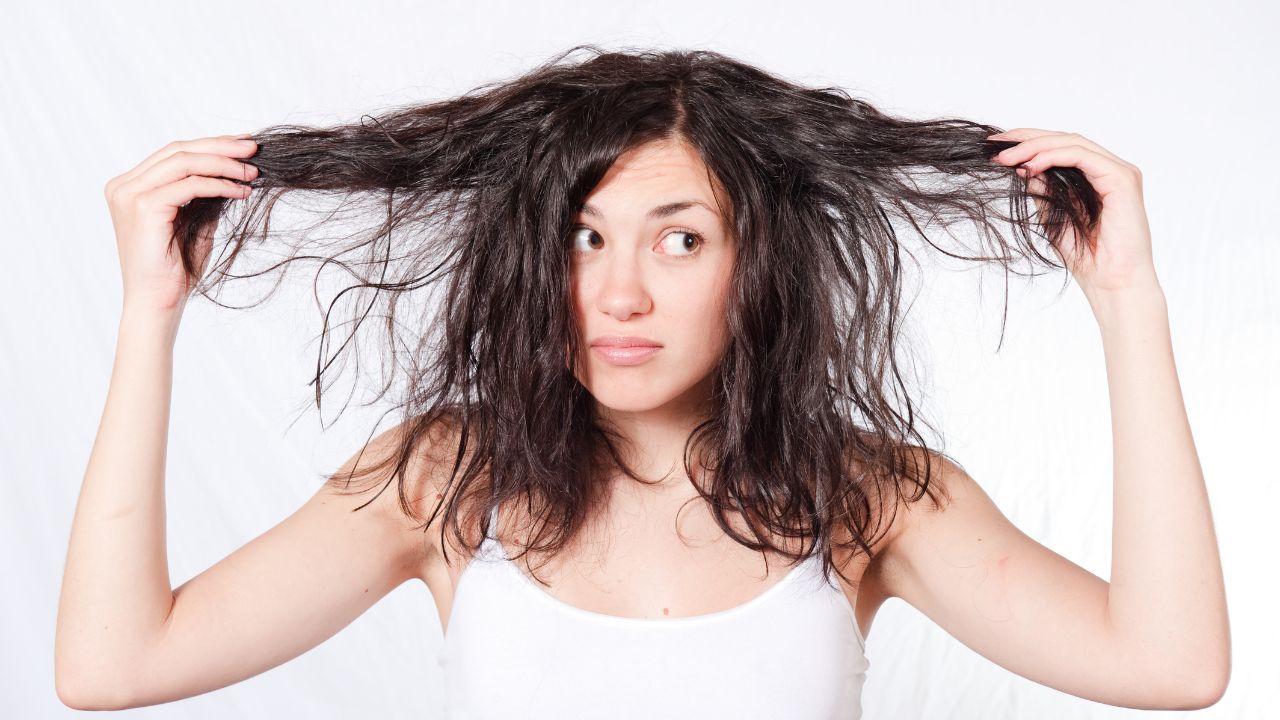
To maintain healthy and beautiful hair, it’s important to follow some dos and don’ts when it comes to hair washing.
Do: Wash your hair every 2-3 days
Washing your hair every 2-3 days helps to maintain a balance of natural oils on your scalp. This frequent washing routine allows you to keep your hair and scalp clean without stripping away essential oils, which can lead to dryness and brittleness.
Don’t: Wash your hair daily as it can strip natural oils
Washing your hair daily may seem like a good idea to keep it clean, but it can actually be detrimental to your hair health. Over-washing can strip away the natural oils produced by the scalp, leaving your hair dry, dull, and prone to breakage. By sticking to a regular washing schedule, you can keep your hair healthy and avoid unnecessary damage.
Do: Use lukewarm water for washing
When washing your hair, it is recommended to use lukewarm water. Hot water can be harsh on the scalp and hair, causing dryness and irritation. Lukewarm water, on the other hand, helps to open up the hair cuticles, allowing the shampoo and conditioner to penetrate effectively.
Don’t: Use hot water as it can dry out the scalp and hair
Using hot water to wash your hair can have adverse effects on your scalp and hair health. Hot water strips away the natural oils from your scalp, leaving it dry and susceptible to itchiness and flakiness. It can also cause the hair to become dry and brittle, leading to breakage and split ends. Therefore, it’s best to avoid hot water and stick to lukewarm temperatures for hair washing.
Do: Choose hair products suitable for your hair type
Selecting the right hair products for your specific hair type is crucial for maintaining healthy and beautiful hair. Whether you have dry, oily, curly, or straight hair, there are shampoos and conditioners formulated to address your specific needs. By using products tailored to your hair type, you can ensure that your hair receives the necessary care and nourishment it requires.
Don’t: Use products containing harsh chemicals or sulfates
When choosing hair products, it is important to avoid those containing harsh chemicals or sulfates. Harsh chemicals can strip the hair of its natural oils and cause dryness and damage. Sulfates, often found in traditional shampoos, can also be drying and irritating to the scalp. Opt for sulfate-free and natural hair care products to maintain the health and integrity of your hair.
Importance of Proper Hair Washing Techniques
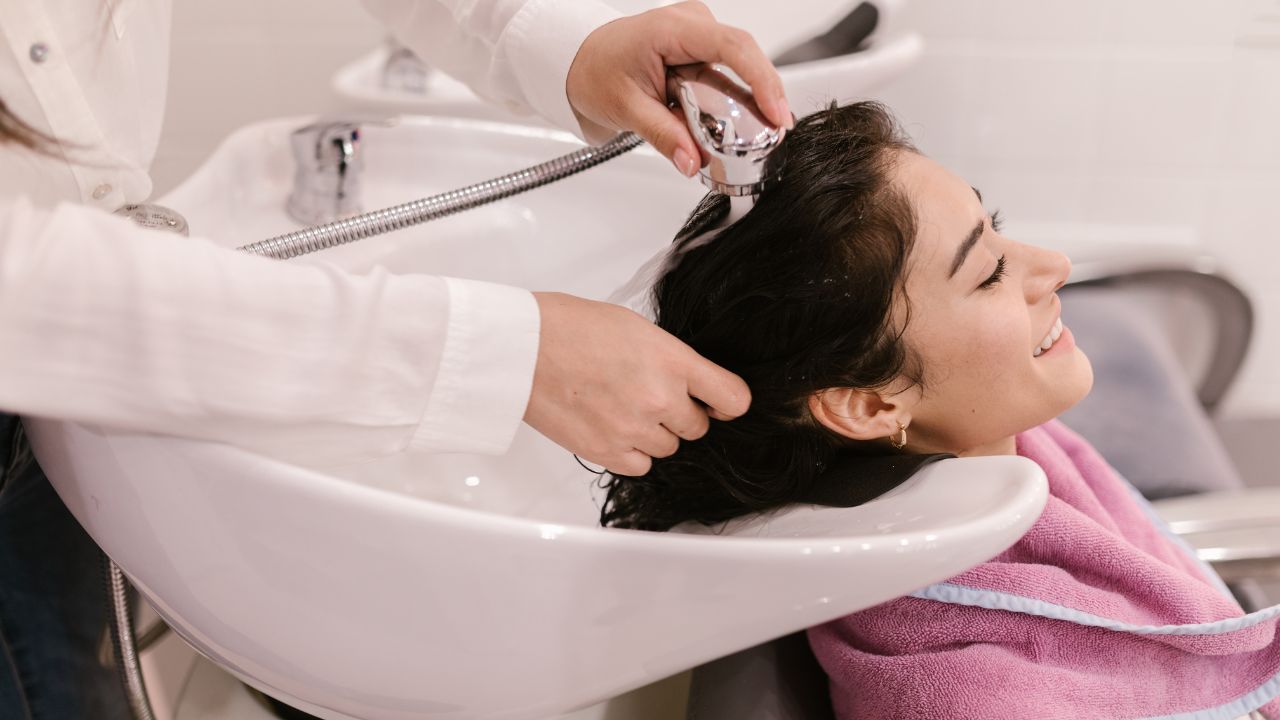
Following proper hair washing techniques is essential for maintaining hair health and improving its texture and appearance. By incorporating these techniques into your hair care routine, you can enjoy a myriad of benefits.
One of the main reasons proper hair washing techniques are important is because they maintain scalp health. By thoroughly cleansing the scalp and removing any buildup, you can prevent issues such as dandruff, itchiness, and dryness. A clean and healthy scalp provides the optimal environment for hair growth and ensures that your hair remains strong and vibrant.
Proper hair washing techniques also help to prevent product buildup. Over time, styling products, oils, and pollutants can accumulate on the hair and scalp, causing a dull and lifeless appearance. By regularly shampooing with proper techniques, you can effectively remove this buildup, allowing your hair to breathe and shine.
Furthermore, following the right hair washing techniques reduces hair damage and breakage. Rough handling, excessive rubbing, and the use of hot water can weaken the hair strands and lead to breakage. By using gentle motions, lukewarm water, and avoiding excessive heat, you can minimize damage and keep your hair strong and resilient.
Proper hair washing techniques also contribute to improving hair texture and appearance. Regular shampooing and conditioning maintain the balance of moisture in the hair, ensuring that it stays hydrated, soft, and manageable. By incorporating conditioning into your routine, you can further enhance the smoothness and elasticity of your hair, making it easier to style and manage.
Last but not least, adopting proper hair washing techniques promotes overall hair health and growth. By caring for your hair from the roots to the ends, you create a foundation for optimal hair growth and longevity. When your hair is clean, nourished, and well-maintained, it has the potential to reach its full potential, resulting in healthy and beautiful locks.
Conclusion
In conclusion, shampooing your hair with proper techniques is crucial for maintaining its health, shine, and manageability. By following the guide to proper hair washing techniques, you can ensure that your hair stays clean, vibrant, and free from damage. Remember to detangle, shampoo, rinse with cold water, condition, towel-dry, and air-dry for the best results. Don’t forget the dos and don’ts of hair washing, as they provide important guidelines to keep your hair looking its best. So go ahead, embrace the benefits of shampooing and enjoy the beautiful hair that comes with it!

